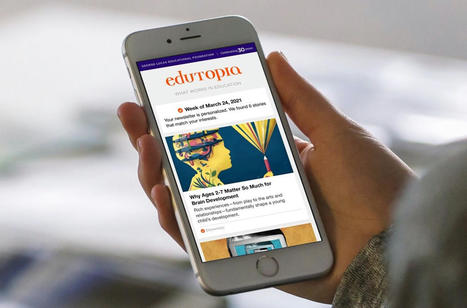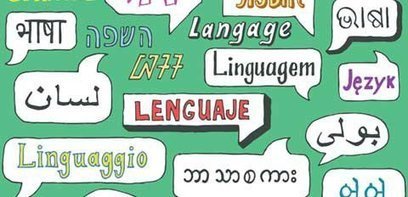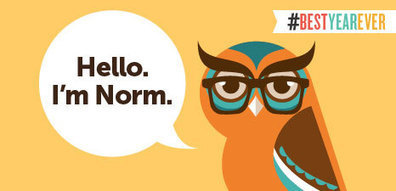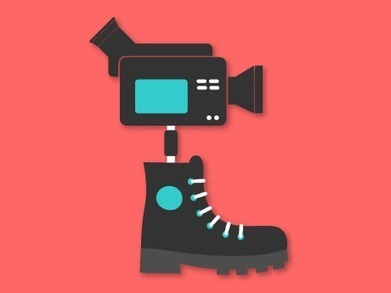
|
Rescooped by Yashy Tohsaku from iGeneration - 21st Century Education (Pedagogy & Digital Innovation) |
Get Started for FREE
Sign up with Facebook Sign up with X
I don't have a Facebook or a X account
 Your new post is loading... Your new post is loading...
 Your new post is loading... Your new post is loading...
Sign up to comment

Becky Roehrs's curator insight,
December 18, 2014 1:51 PM
You'll find classroom resources for gaming, science, PBL, Common Core, STEM, digital tools, and videos provided by Nova Labs, EdSurge, the National Park Service, the Smithsonian, Graphite, Blendspace, PBS, EarthCam, Khan Academy, and MindShift. |
Beth Dichter's curator insight,
April 7, 2014 7:24 PM
Yet research tells us that middle schoolers: * "are more concerned with content relevance than with credibility." * "rarely attend to source features such as author, venue or publication type to evaluate reliability and author perspective. * "their judgments are often vague, superficial and lack reasoned justification." What should we do? 1. Teach the Dimensions of Critical Thinking - Relevance, Accuracy, Bias/Perspective and Reliabilty 2. Model and Practice - Use demonstration lessons to focus on the four dimensions above 3. Prompting - Provide written prompts to help guide students; have them cross-check claims through more than one source 4. Help them become healthy skeptics More information on these factors may be found in the post. |


















